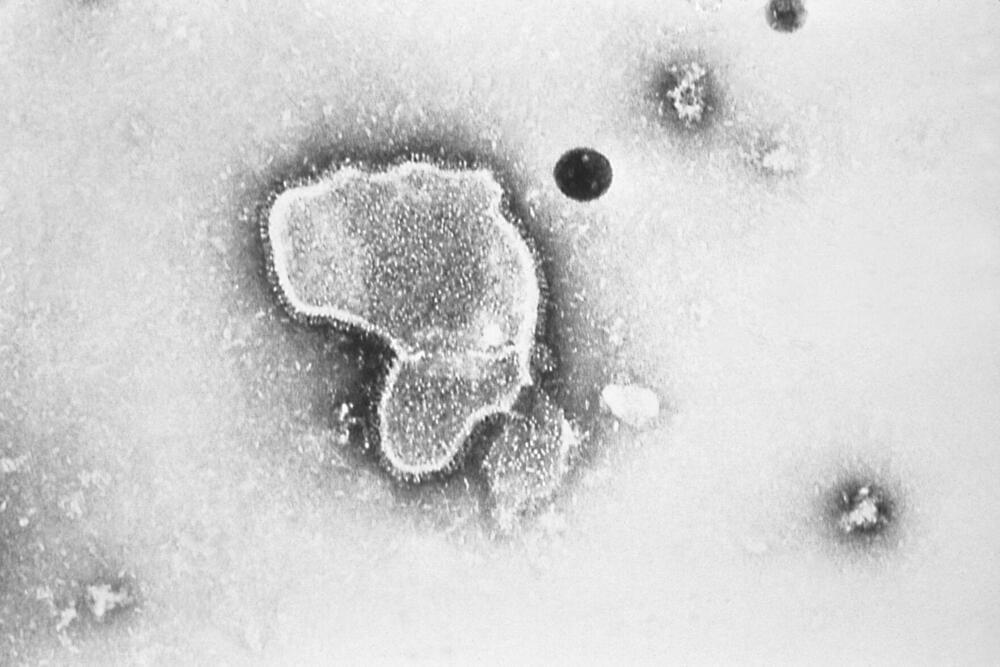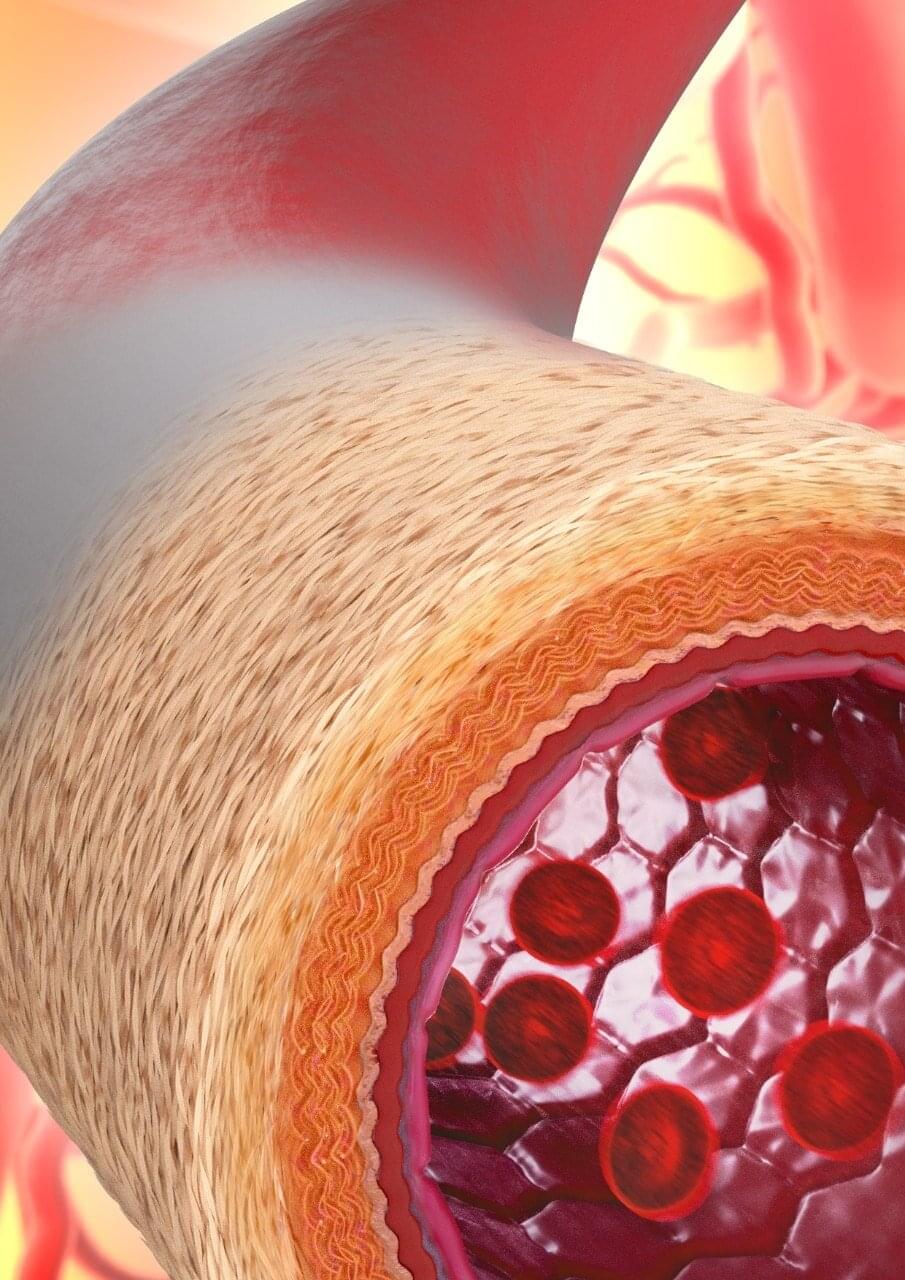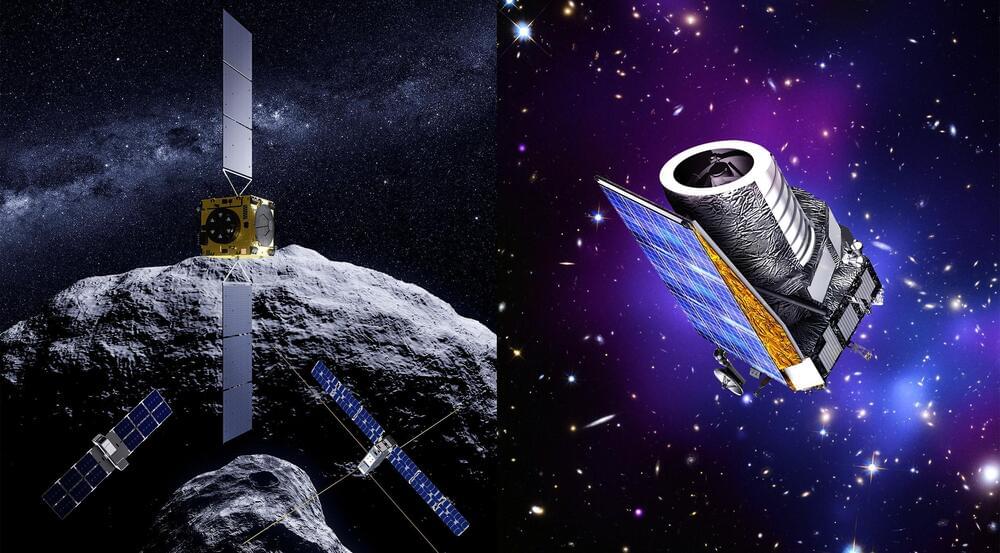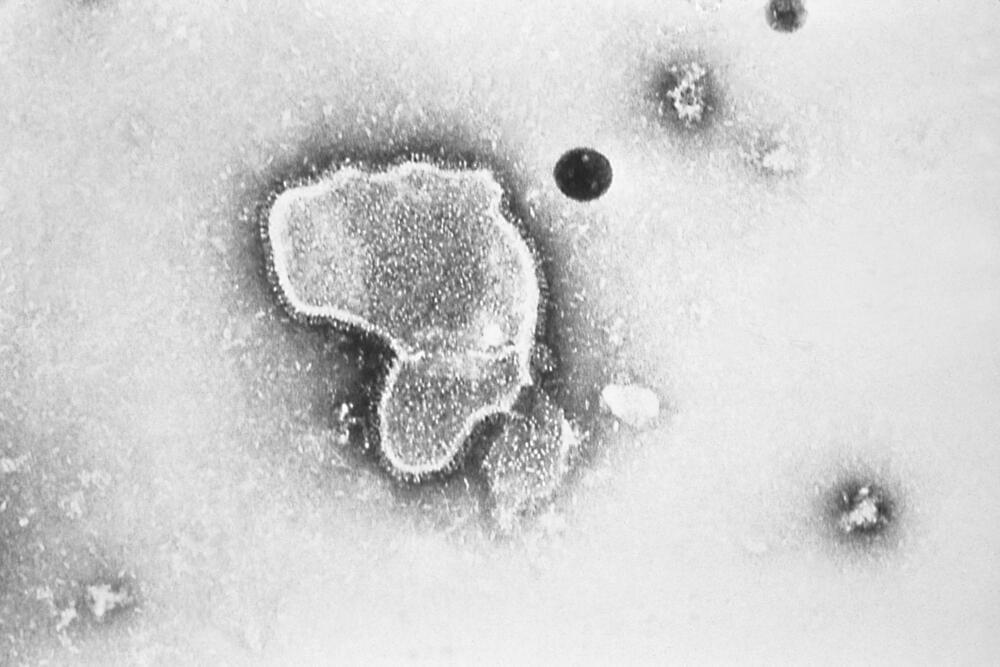39.9K Likes, 733 Comments. TikTok video from WePC Gaming (@wepcgaming): “MAX graphics settings in Modern Warfare 2!😯 #modernwarfare2 #modernwarfare2campaign #mw2 #gamingontiktok #gaming”. original sound.


39.9K Likes, 733 Comments. TikTok video from WePC Gaming (@wepcgaming): “MAX graphics settings in Modern Warfare 2!😯 #modernwarfare2 #modernwarfare2campaign #mw2 #gamingontiktok #gaming”. original sound.

Research at Boston University that involved testing a lab-made hybrid version of the SARS-CoV-2 virus is garnering heated headlines alleging the scientists involved could have unleashed a new pathogen.
There is no evidence the work, performed under biosecurity level 3 precautions in BU’s National Emerging Infectious Diseases Laboratories, was conducted improperly or unsafely. In fact, it was approved by an internal biosafety review committee and Boston’s Public Health Commission, the university said Monday night.
But it has become apparent that the research team did not clear the work with the National Institute of Allergy and Infectious Diseases, which was one of the funders of the project. The agency indicated it is going to be looking for some answers as to why it first learned of the work through media reports.

An interdisciplinary team of researchers from Korea, Australia, Great Britain, and Germany—with participation of Leibniz Institute of Photonic Technology (Leibniz IPHT)—were able for the first time to optimize an optical glass fiber in such a way that light of different wavelengths can be focused extremely precisely. The level of accuracy is achieved by 3D nanoprinting of an optical lens applied to the end of the fiber.
This opens up new possibilities for applications in microscopy and endoscopy as well as in laser therapy and sensor technology. The researchers published their results in the journal Nature Communications.
Lenses at the end faces of optical fibers currently used in endoscopy for medical diagnostics have the disadvantage of chromatic aberration. This imaging error of optics, caused by the fact that light of different wavelengths, i.e., different spectral colors, is shaped and refracted differently, leads to a shift in the focal point and thus to blurring in imaging over a wide range of wavelengths. Achromatic lenses, which can minimize these optical aberrations, provide a remedy.


An international consortium of researchers led by the University of Sydney, has developed technology to enable the manufacturing of materials that mimic the structure of living blood vessels, with significant implications for the future of surgery.
Preclinical testing found that following transplantation of the manufactured blood vessel into mice, the body accepted the material, with new cells and tissue growing in the right places—in essence transforming it into a “living” blood vessel.
Senior author Professor Anthony Weiss from the Charles Perkins Center said while others have tried to build blood vessels with various degrees of success before, this is the first time scientists have seen the vessels develop with such a high degree of similarity to the complex structure of naturally occurring blood vessels.

On October 17th, a NASA official speaking at an Astrophysics Advisory Committee meeting revealed that the European Space Agency (ESA) had begun “exploring options” and studying the feasibility of launching the Euclid near-infrared space telescope on SpaceX’s Falcon 9 rocket.
In a major upset, director Josef Aschbacher confirmed less than three days later that ESA will contract with SpaceX to launch the Euclid telescope and Hera, a multi-spacecraft mission to a near-Earth asteroid, after all domestic alternatives fell through.
The European Union and, by proxy, ESA, are infamously insular and parochial about rocket launch services. That attitude was largely cultivated by ESA and the French company Arianespace’s success in the international commercial launch market in the 1980s, 1990s, and 2000s – a hard-fought position that all parties eventually seemed to take for granted. When that golden era slammed headfirst into the brick wall erected by SpaceX in the mid-2010s, Arianespace found itself facing a truly threatening competitor for the first time in 15+ years.

The bad news is NASA estimates that it tracks only about 40 percent of the asteroids large enough that they could cause calamity if they were to hit Earth. To save us, the space agency needs fair warning — years, not months or weeks — to muster the defenses in space needed to safeguard the planet.
“As we say, we can’t do anything about them unless we know about them, and when they might be a concern for us,” Lindley Johnson, NASA’s Planetary Defense Officer, said in an interview.

Children’s hospitals in parts of the U.S. are seeing a surge in a common respiratory illness that can cause severe breathing problems for babies.
RSV cases fell dramatically two years ago as the pandemic shut down schools, day cares and businesses. With restrictions easing in the summer of 2021, doctors saw an alarming increase in what is normally a fall and winter virus.
Now, it’s back again. And doctors are bracing for the possibility that RSV, flu and COVID-19 could combine to stress hospitals.

A tactical ground station that finds and tracks threats to support long-range precision targeting, TITAN promises to bring together data from ground, air, and space sensors. Graphic courtesy of Raytheon.
With Project Convergence, the Army has sought to further its integration into the Joint Force and change the way it fights, with an eye toward greater speed, range, and accuracy — particularly for long-range precision fires. Army leadership is looking particularly to close the gaps around sensor-generated intelligence — specifically how it’s sensed, made sense, and acted upon.
To that end, Raytheon Intelligence & Space (RI&S) was selected in June for a competitive, prototype phase in the continued development of the Army’s Tactical Intelligence Targeting Access Node (TITAN) program. Awarded under an Other Transaction Agreement, TITAN seeks to turn battlefield intelligence into targeting information. A tactical ground station that finds and tracks threats to support long-range precision targeting, TITAN promises to bring together data from ground, air, and space sensors.
An international team of scientists has found toothed fish remains that date back 439 million years, which suggests that the ancestors of modern chondrichthyans (sharks and rays) and osteichthyans (ray-and lobe-finned fish) originated far earlier than previously believed.
The findings were recently published in the prestigious journal Nature.
A remote location in south China’s Guizhou Province has yielded magnificent fossil findings, including solitary teeth identified as belonging to a new species (Qianodus duplicis) of primitive jawed vertebrate from the ancient Silurian period (about 445 to 420 million years ago). Qianodus, named after the ancient name for the present-day Guizhou, possessed unusual spiral-like dental elements carrying several generations of teeth that were inserted throughout the course of the animal’s life.